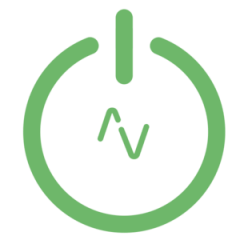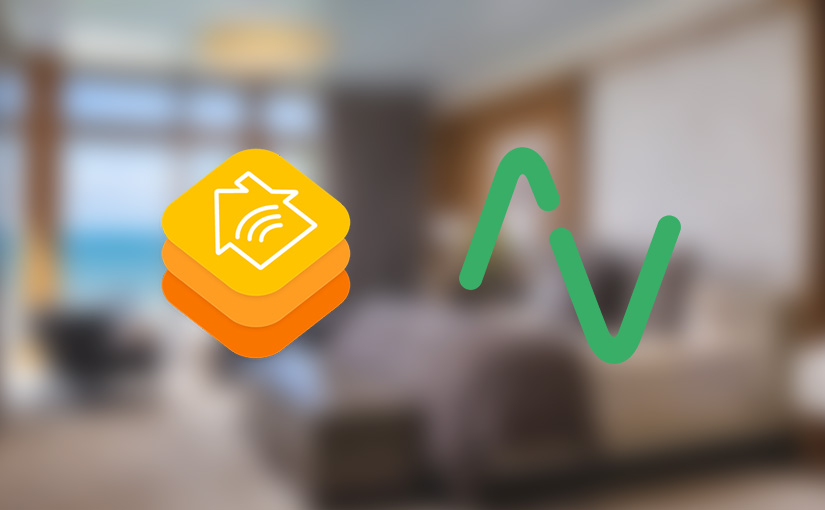If you’ve followed all my previous tutorials there is one step left to get your installation of homebridge communicating with your lightwaveRF link controller.
I’ve broken these articles up into smaller sections otherwise it can be information overload while trying to work along at home.
To pair your device you are going to need a program called Wireshark. Hopefully if you followed my previous tutorial you already have this.
You will need to monitor the UDP packets coming from the IP address of your lightwave Link.
ip.addr == 192.168.xxx.xxx && udp
While we monitor these packets we need to send a registration command to your lightwaveRF Link so it initiates the pairing.
You can send this command from the command line of your server. (It has to be from the device your server is ON)
When you first send the command your server will not be registered with the Link so the command will be rejected. BUT this also initiates the pairing mode.
Although the packets don’t look identical you will receive a response like below:
*!{
"trans":123456,
"mac":"21:34:56",
"time":1261929516,
"pkt":"error",
"fn":"nonRegistered",
"payload":"Not yet registered. See LightwaveLink"
}
Once you see this message the Link will be ready to pair and might be flashing (it doesn’t always flash) then have 12 seconds to push the button on the top.
So now we can send the command.
Include the IP of your lightwave link in the command with port 9760
echo -ne '100,!F*p' | nc -u 192.168.xxx.xxx 9760
If you get the not registered response. Push the button on the top within 12 seconds.
If you are successful you should get a response like below, if not, try again.
*!{
"trans":123457,
"mac":"21:34:56",
"time":1261929519,
"type":"link",
"prod":"wfl", //For LW500
**OR**
"prod":"lwl", //For LW930
"pairType":"local",
"msg":"success",
"class":"",
"serial":""
}
Once we get the success message your server is now paired with your lightwaveRF Link and is ready to turn on/off your devices.
Testing Devices
You can now send individual commands to your link from the command line of the server to test communication.
In the command below it shows:
!R14D2F1
This is Room 14 Device 2 Function 1 (on) Function 0 (on)
Edit this to one of your devices you’ve set up in your config file and change the IP to your link.
echo -n '100,!R14D2F0’ | nc -4u -w1 192.168.xxx.xxx 9760
This should trigger your light on or off.
You’re done.
Now you just need to add your server to the Apple Home app with the Pin code you set up in the last article.

